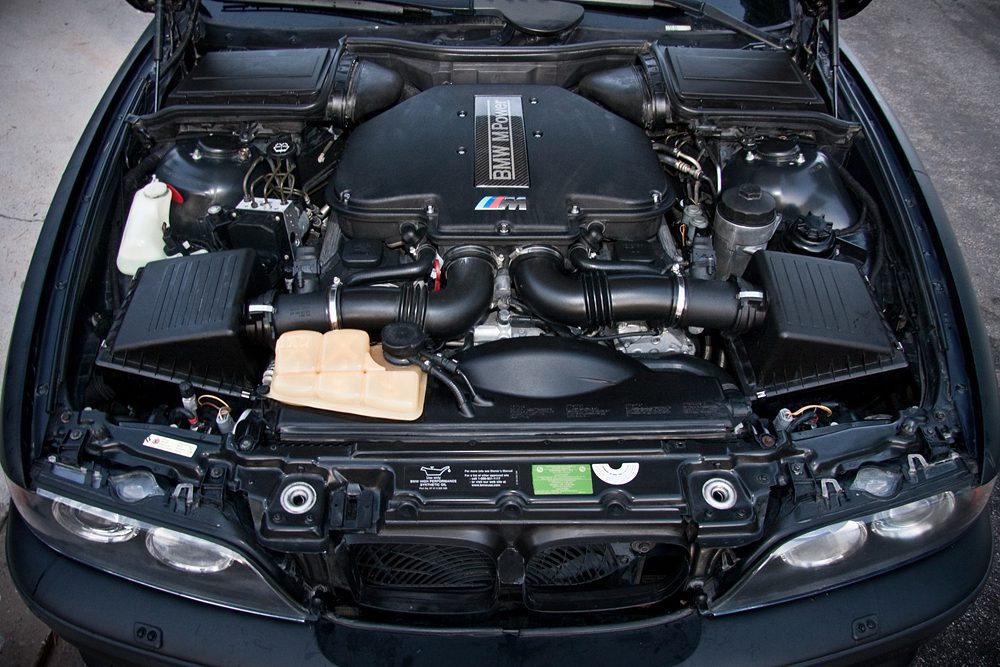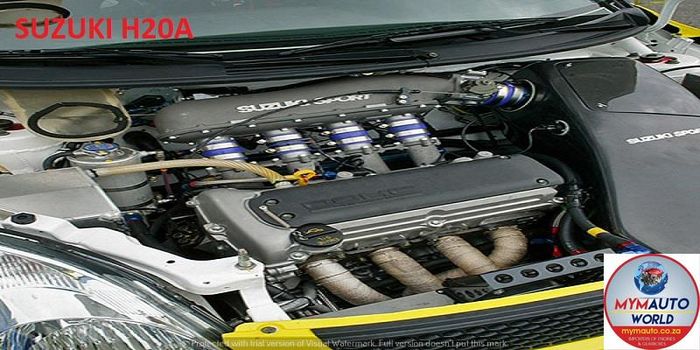Opel Corsa Engine: Common Issues and How to Fix Them
Opel Corsa Engine: Common Issues and How to Fix Them
Blog Article
Efficient and Effective Small Automobile Motor Performance Analysis
Examining the efficiency of little automobile electric motors is a nuanced task that needs a keen eye for information and a deep understanding of automobile design principles. By checking out key metrics such as horsepower and torque, as well as assessing gas effectiveness, we can discover insights right into just how little vehicle engines can be maximized for peak efficiency.

Tiny Cars And Truck Motor Efficiency Metrics
In analyzing the performance of little auto motors, vital metrics such as velocity, fuel effectiveness, and power output play a vital function in determining their overall effectiveness and suitability for various driving conditions. Acceleration, gauged in seconds from 0 to 60 miles per hour, shows exactly how promptly a little car can get to greater speeds, which is important for merging onto freeways or surpassing various other vehicles. Gas effectiveness, normally determined in miles per gallon (MPG), reflects just how much a small car can travel on a gallon of gas, affecting running prices and environmental sustainability. Power outcome, shared in horsepower (HP) or kilowatts (kW), represents the engine's capacity to generate the required pressure to propel the car, affecting its efficiency in various road problems. By reviewing these performance metrics thoroughly, makers, vehicle drivers, and automobile fanatics can make informed decisions relating to the option and optimization of tiny vehicle motors to satisfy their certain needs and choices.

Horse Power and Torque Evaluation
With an essential role in understanding tiny automobile motor horse power, performance and torque evaluation gives understanding right into the engine's power distribution qualities. Horse power is a measurement of the engine's ability to do persuade time, representing the rate at which job is done. In the context of tiny cars and truck electric motors, horsepower is essential for establishing acceleration, full throttle, and total efficiency. Torque, on the various other hand, determines the engine's rotational force, indicating its capacity to get over resistance. Little automobile engines with higher torque worths usually really feel more receptive and give much better acceleration, making them ideal for city driving and surpassing maneuvers. When examining horsepower and torque in tiny automobile electric motors, it is vital to take into consideration how these metrics interact to supply a balanced and efficient driving experience. By recognizing the relationship between horse power and torque, automobile engineers can enhance engine performance to meet the particular demands of tiny vehicle applications.
Gas Performance Evaluation
The evaluation of gas performance in little cars and truck motors plays a crucial role in determining their financial and environmental influence. Gas efficiency refers to the ability of a car to use gas properly in connection with the distance traveled. In small automobile electric motors, where portable dimension usually associates with better gas economy, various elements influence effectiveness. Engine style, weight, aerodynamics, and driving conditions all contribute to how effectively fuel is consumed.
To evaluate fuel performance, metrics such as miles per gallon (MPG) are frequently utilized. This measurement shows the range an automobile can travel each of gas. Little automobile motors that attain greater MPG ratings are considered extra fuel-efficient, leading to price financial savings for drivers and minimized exhausts that profit the setting. Suppliers continuously strive to improve fuel performance through developments in engine innovation, lightweight materials, and wind resistant layouts.

Maximizing Small Cars And Truck Engine Efficiency
Enhancing the efficiency of tiny vehicle engines is extremely important in optimizing performance and decreasing functional expenses. Optimizing tiny cars and truck engine performance involves an all natural technique that thinks about various try this elements such as engine layout, fuel management systems, and overall car dynamics.
An additional essential consider enhancing tiny auto engine performance is the utilization of advanced technologies such as turbocharging or hybrid systems. These innovations can enhance power outcome without jeopardizing fuel effectiveness, offering a balance between performance and economy. Maximizing engine efficiency likewise involves enhancing burning performance, minimizing frictional losses, and enhancing thermal administration systems.
Future Trends in Small Vehicle Motors
Because of advancing auto innovations and the constant pursuit of optimum little automobile engine performance, an expedition of future patterns in small car electric motors ends up being crucial - opel corsa engine. One popular trend coming up is the boosting integration of electrical powertrains in little cars and trucks. As the automotive market changes in the direction of sustainability and reduced discharges, more tiny automobile manufacturers are purchasing electric motor modern technology to enhance webpage performance and environmental kindness
One more substantial pattern is the growth of smaller yet more powerful turbocharged engines for tiny automobiles. By downsizing engine capabilities and incorporating turbocharging innovation, car manufacturers can accomplish greater power outputs while preserving gas effectiveness. This fad aligns with the expanding customer demand for tiny vehicles that provide a vibrant driving experience without view it compromising on gas economy.
Furthermore, the appearance of hybrid powertrains in little autos is expected to acquire grip in the future. Hybrid systems provide the advantages of both inner combustion engines and electric motors, supplying better performance and fuel effectiveness. As improvements in battery modern technology continue, little cars and truck electric motors are likely to become much more powerful and reliable, dealing with the developing needs of customers and regulative demands for cleaner transportation remedies.
Final Thought
In conclusion, the analysis of tiny automobile motor efficiency metrics such as torque, horsepower, and fuel performance is essential in optimizing engine performance. By assessing these elements, producers can enhance the general effectiveness and power outcome of little cars and truck electric motors (opel corsa engine). Future fads in tiny auto electric motors are most likely to focus on improving performance while preserving fuel performance, ensuring that tiny autos proceed to be a trusted and affordable option for consumers
By analyzing key metrics such as horse power and torque, as well as reviewing gas effectiveness, we can uncover understandings right into how small auto engines can be maximized for peak efficiency. Maximizing small cars and truck engine efficiency involves an alternative strategy that considers various aspects such as engine layout, gas management systems, and general car characteristics.In light of advancing automotive innovations and the continuous search of optimal tiny automobile engine performance, an exploration of future patterns in little cars and truck electric motors comes to be essential.In conclusion, the analysis of little automobile electric motor performance metrics such as horse power, torque, and fuel effectiveness is essential in optimizing engine efficiency. Future fads in tiny automobile electric motors are likely to concentrate on boosting performance while preserving gas efficiency, making sure that small automobiles proceed to be a affordable and dependable option for customers.
Report this page